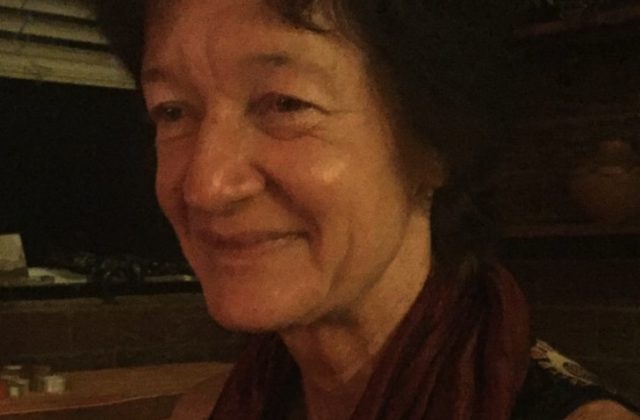Kistner, Ulrike
Fellow

The Back of ‘Beyond the Pleasure Principle’ – Freud’s ‘Big X’
I plan to investigate the psychoanalytic theorisations of anxiety, shock, and trauma, focusing on Freud’s essay ‘Beyond the Pleasure Principle’ (1919-1920). I will set about to fathom the ‘explanatory gap’ opening up as Freud instates the psychophysicalism articulated in the ‘Project of a Scientific Psychology’ ([1895] 1950) for the third formulation of his drive theory.
Project Description
Taking on board both Freud’s accounts of psychoneurosis, and the (to him at the time) novel and baffling phenomenon termed ‘traumatic neuroses’, I would like to read these two accounts together to demonstrate how the dualism in Freud’s theorization of the drives arises. In a second move, I will attempt to relate this dualism to parameters in the Philosophy of Mind. In grappling with the impact of shock on “the organ of the mind”, “the big X” arises. It is the nature of the ‘explanatory gap’ that Freud intuits with “the big X” that I wish to explore further. Plumbing this gap tell us something about the reason for the proliferation of discourses on ‘shock’ and ‘trauma’ throughout the medical, psychiatric, psychological, sociological, and cultural fields.
Selected Publications
1) U Kistner, P van Haute, H Westerink: Sigmund Freud: Three Essays on the Theory of Sexuality. The 1905 Edition. (Foreword by U Kistner, P van Haute, & H Westerink; Translator’s Preface by U Kistner; Translation by U Kistner). London & New York: Verso, 2016
2) ‘Arbeit der Ähnlichkeiten – Arbeit an Ähnlichkeiten. Walter Benjamin und Sigmund Freud’. In: Ähnlichkeit. Ein kulturtheoretisches Paradigma (ed. by Anil Bhatti and Dorothee Kimmich, with Sara Bangert). Konstanz: Konstanz University Press/ Munich: Wilhelm Fink, 2015, pp. 61-74
3) ‘Rassismus und Aberwitz. Überlegungen zur Frage nach dem ‘kolonialen Unbewussten’’. In: Grenzen (ed. by Heinz-Dieter Assmann, Frank Baasner and Juergen Wertheimer). Baden-Baden: Nomos, 2014, pp. 117-132